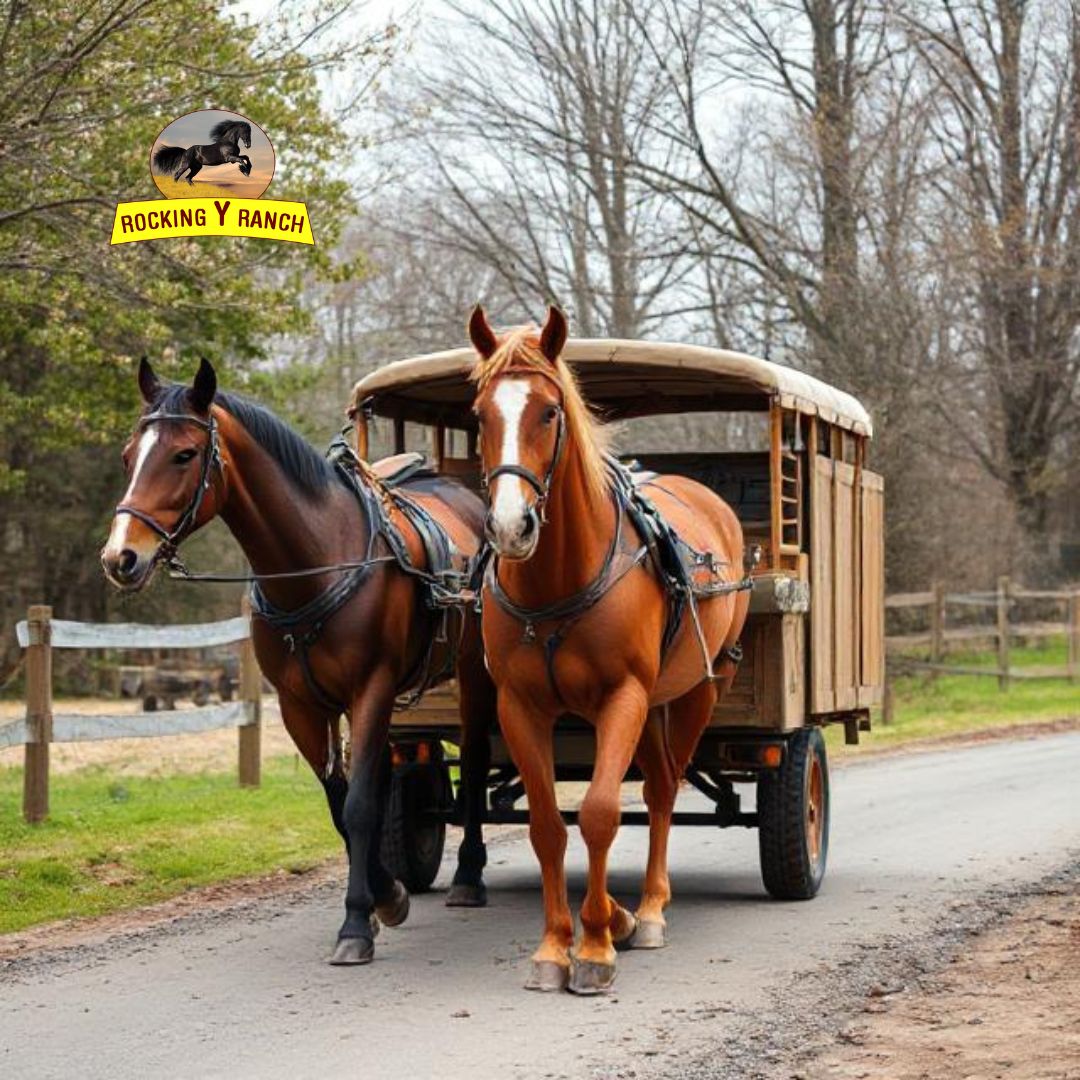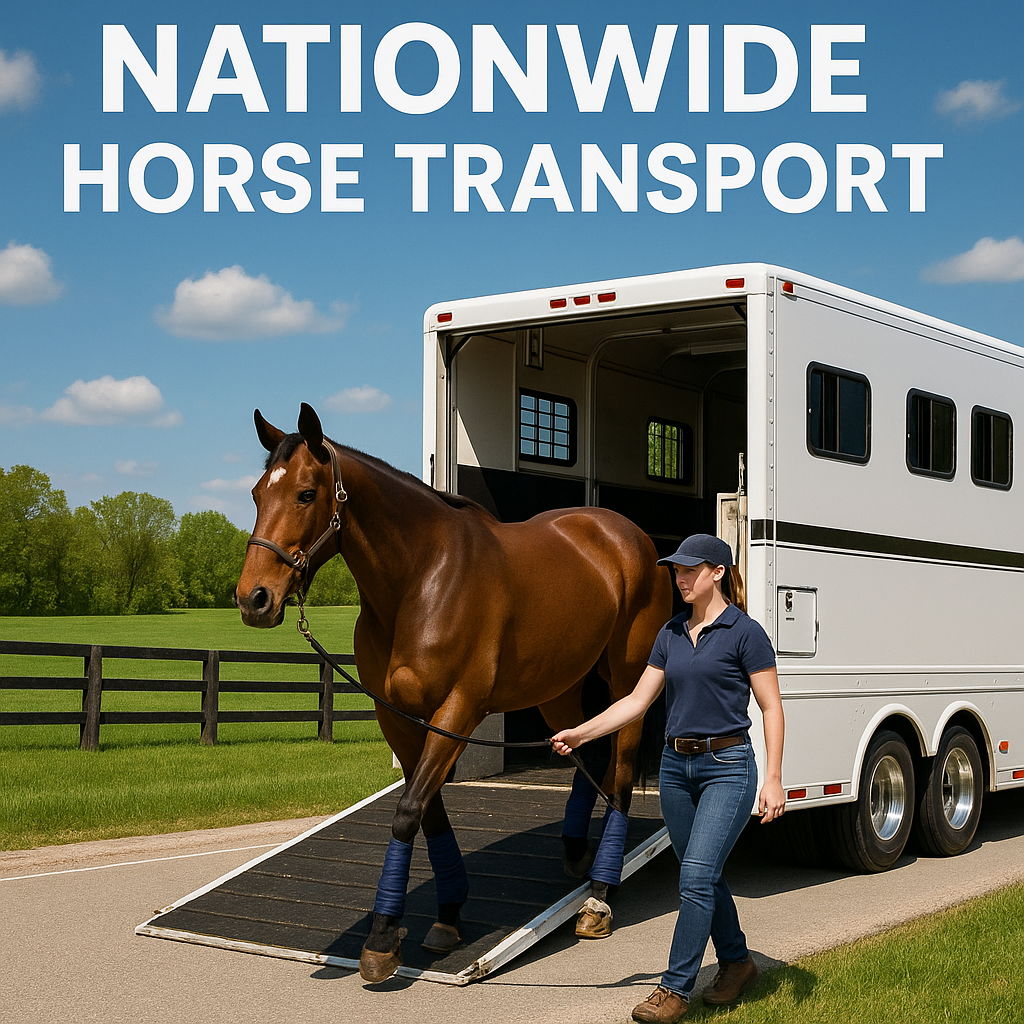 AI Blog Generation – Mass Content at Lightning Speed!
AI Blog Generation – Mass Content at Lightning Speed!
Safe and Efficient Horse Transport: Essential Tips and Best Practices
Written by Rocking Y Ranch » Updated on: June 17th, 2025

Transporting horses requires careful planning, the right equipment, and a thorough understanding of equine behavior to ensure the safety and well-being of the animals during transit. Whether you are moving horses for competitions, sales, veterinary visits, or relocation, proper horse transport methods are essential. This guide explores key aspects of horse transportation, including preparation, trailer selection, loading techniques, and safety precautions.
Understanding Horse Behavior During Transport
Horses are naturally wary animals, and being enclosed in a trailer can be a stressful experience. Recognizing their natural instincts and ensuring a calm and positive environment can make transportation smoother. Training horses to load calmly and gradually introducing them to trailers can significantly reduce stress and anxiety during transit.
Choosing the Right Transport Vehicle
Selecting the appropriate trailer is crucial for safe horse transport. Trailers come in various designs, including straight-load, slant-load, and box stalls. Key factors to consider include:
a) Size and Space: Horses need enough space to balance and stand comfortably. Ensure the trailer is tall and wide enough for your horse’s breed and size.
b) Ventilation: Proper airflow is vital to prevent overheating and respiratory issues.
c) Non-Slip Flooring: To prevent injuries, choose trailers with rubber mats or other non-slip surfaces.
d) Partitions and Dividers: Depending on the number of horses being transported, dividers can help ensure safety and reduce stress among horses.
Preparing Horses for Transport
Proper preparation can make a significant difference in how smoothly the transport process goes. Here are some key preparation steps:
a) Health Checks: Ensure your horse is healthy before transport. Consult a veterinarian if necessary and have relevant health documents ready.
b) Hydration and Feeding: Provide access to water and light meals before travel. Avoid feeding large amounts of grain immediately before transport.
c) Protective Gear: Leg wraps, shipping boots, and head bumpers can protect horses from potential injuries during travel.
d) Familiarization: If a horse is unfamiliar with trailers, practice loading and unloading before the actual trip.
Loading and Unloading Safely
Loading and unloading can be stressful for horses, so patience and a calm demeanor are essential. Follow these tips for a safe process:
a) Use a Ramp or Step-Up Trailer: Ensure horses can enter and exit safely without slipping.
b) Lead with Confidence: Walk with a steady pace and encourage the horse without force.
c) Secure Properly: Use a quick-release knot or safety tie system to prevent entanglement.
d) Exit Cautiously: Allow horses to step out slowly and calmly to prevent injury.
Safety Considerations During Transit
Keeping horses safe while in motion requires attention to several factors:
a) Frequent Stops: If on a long journey, stop every few hours to allow horses to rest, drink water, and check their well-being.
b) Smooth Driving: Avoid sudden stops, sharp turns, and rapid acceleration to keep horses balanced.
c) Monitoring Temperature: Check that the trailer remains at a comfortable temperature throughout the journey.
d) Emergency Preparedness: Have a first aid kit, spare halters, extra water, and emergency contacts readily available.
Post-Transport Care
Once horses arrive at their destination, it is essential to monitor their condition and ensure a smooth transition:
Hydration and Feeding: Offer water immediately and provide a light meal after some rest.
Physical Check: Inspect for any injuries or signs of stress.
Allow Recovery Time: Avoid strenuous activity immediately after transport to let the horse recover.
Conclusion
Horse transport is a significant responsibility that requires attention to detail, careful planning, and an understanding of equine needs. Ensuring that horses are transported in a safe and comfortable manner minimizes stress and prevents injuries. By choosing the right trailer, preparing effectively, and prioritizing safety, horse owners can provide a smooth and positive travel experience for their horses. Proper handling and post-transport care further contribute to a successful journey, making horse transport a manageable and safe process for both horses and handlers.
Note: IndiBlogHub features both user-submitted and editorial content. We do not verify third-party contributions. Read our Disclaimer and Privacy Policyfor details.
Copyright © 2019-2025 IndiBlogHub.com. All rights reserved. Hosted on DigitalOcean for fast, reliable performance.

















